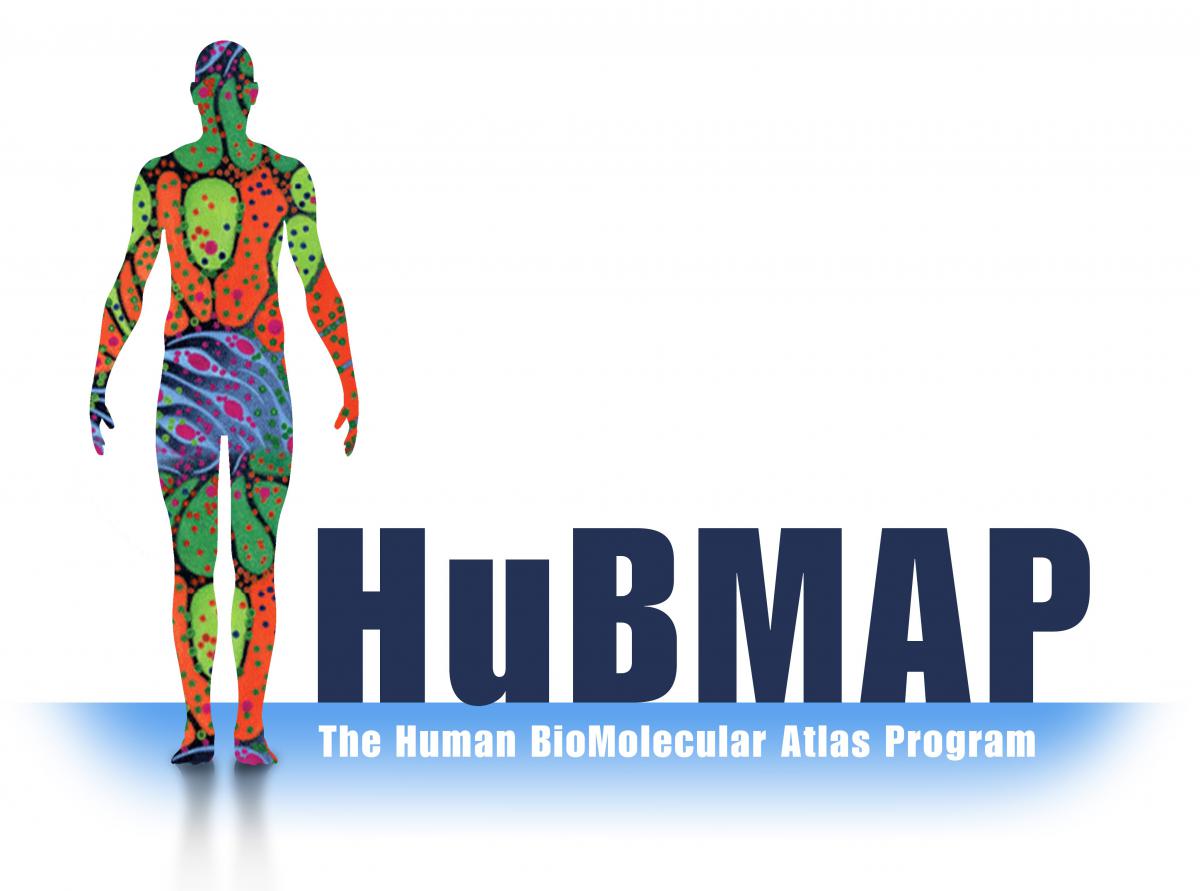Faculty join NIH HuBMAP
DBMI Faculty to Lead Creation of Informatics Tools for Major NIH Effort to Assemble Molecular Atlas of Human Tissues
DBMI Faculty to Lead Creation of Informatics Tools for Major NIH Effort to Assemble Molecular Atlas of Human Tissues

Understanding how cellular organization influences the function of human tissues is critical for deeper insights into tissue growth, processes related to aging, and the emergence of disease.
Harvard Medical School Department of Biomedical Informatics professors Nils Gehlenborg, Peter Kharchenko, and Griffin Weber are part of a newly formed NIH consortium that will study cellular organization in human tissues. The NIH Human BioMolecular Atlas Program (HuBMAP) is coordinated by the NIH Common Fund and anticipated to receive a total $54 million in funding over the coming years.
The HuBMAP consortium will provide standardized and validated datasets that will shed light on how cells are organized. These datasets also yield insights into the amount of variation in the cellular organization of normal tissues. Generation of these datasets will be made possible by the development of new experimental technologies and informatics tools funded by HuBMAP.
As a Principal Investigator in the HuBMAP Integration, Visualization, and Engagement Center (HuBMAP HIVE), Dr. Gehlenborg will be leading the creation of novel visualization tools that combine genomics and imaging data. Based on the HiGlass data visualization platform developed in the Gehlenborg Lab, these tools will initially focus on spatially-resolved transcriptomics data that can integrate with a wide range of different analysis tools. Dr. Gehlenborg will be collaborating with Dr. Kharchenko on these efforts and ultimately incorporate the PAGODA analysis framework for single-cell omics data developed by the Kharchenko Lab into the new visualization tool.
Additionally, the team of Dr. Gehlenborg will create secure data access and querying APIs to support future search and visual exploration tools in the proposed HuBMAP data portal. Further efforts of his group will be focused on the creation of interactive data analysis workspaces for HuBMAP data, that will allow a wide range of investigators to process, visualize, and explore HuBMAP data in the cloud.
Dr. Weber’s contributions to the HuBMAP HIVE will be through a collaboration with Indiana University. The team will create an extensible common coordinate framework to facilitate the integration of diverse types of data at spatial scales ranging from the molecular to the anatomical. The framework will be multidimensional, enabling users to navigate across the human body along different coordinate systems, including spatial, physiologic, and organ-based.
In addition to his role in the HuBMAP HIVE, Dr. Kharchenko will also take part in a HuBMAP Tissue Mapping Center aimed at analysis of lung, urinary tract and kidney tissues. This effort will combine new droplet-based single-cell assays with spatially-resolved transcriptomics to characterize molecular anatomy and physiology of these critical tissues.
© 2025 by the President and Fellows of Harvard College